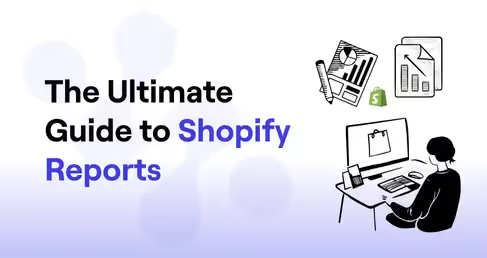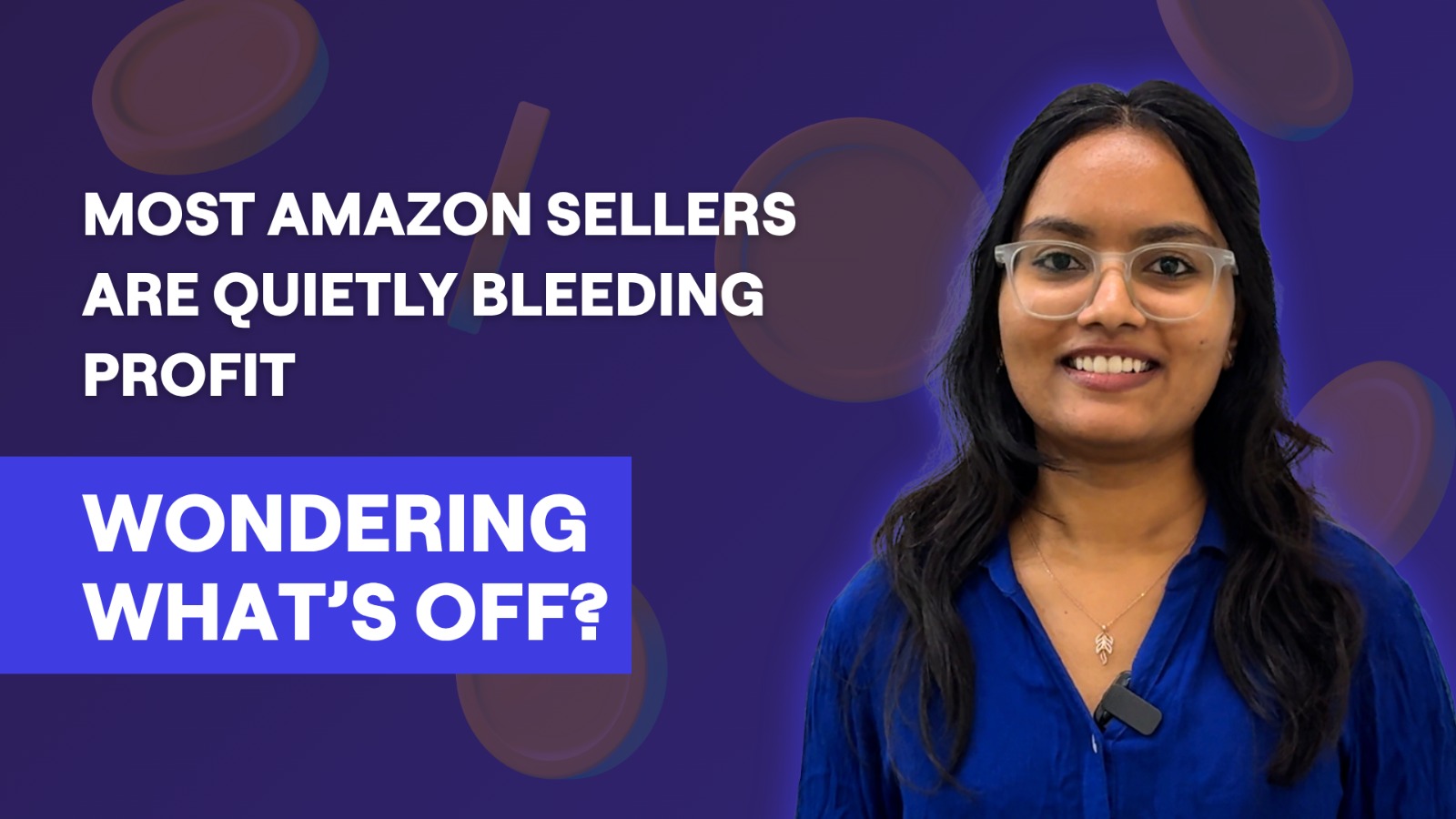When every inbox is a crowded marketplace, guessing who should see your next campaign is expensive. This is why Customer segmentation analysis becomes so crucial for every marketing team in the eCommerce business. It is the disciplined act of grouping shoppers by what they actually value, and this turns that guesswork into math. Once you know who buys full-price, who only responds to SMS, and who is about to churn, promotion plans feel less like roulette and more like engineering.
Shoppers feel the difference. A recent McKinsey update shows that 71 % of U.S. consumers now expect brands to understand their context, and 76 % get irritated when the message misses the mark. (contentful.com) Armed with those numbers, most growth teams agree that broad-brush tactics are leaving money on the table; the real question is how to replace them with something sharper.
What is Customer Segmentation?
Segmentation simply means sorting your buyers into groups that share meaningful traits. Early eCommerce operations might rely on obvious cuts, such as age bracket, state, or gender. Those can deliver short-term results. But if you’re a serious operator, you must push deeper by blending behavioral signals (cart adds, discount use, repeat cadence) with value indicators (lifetime margin, return rate). The goal is to talk to people in a way that reflects how they shop, not how their census form reads.
Three guardrails keep a segment useful:
- Similarity inside the group: If a single email can’t speak to the whole cluster, it means the definition is too loose.
- Contrast across groups: Segments should make you choose between strategies; otherwise, they are just labels.
- Operational reach: You need the data and the pipes to find every member of a segment inside Klaviyo, Meta, or your SMS tool.
What Is Customer Segmentation Analysis?
(Market Segmentation vs. Customer Segmentation)
Customer segmentation analytics, sometimes shortened to customer segment analysis or customer analysis segmentation, is the process of deciding which borders matter in the first place. Think of it as cartography for your revenue map.
A footwear startup might use market segmentation to learn that 18–24-year-old runners in Los Angeles are a promising niche. Once that group starts buying, customer segmentation data analysis kicks in to discover sub-clusters. For example, frequent purchasers who pay full price versus bargain hunters waiting for Black Friday. Same headline demographic, however, quite different tactics.
Why Customer Segmentation Analysis Matters
Better targeting isn’t just about having a fancy dashboard. You need to make sense of that data and then leverage it as a ROI channel. The Direct Marketing Association reports that segmented email campaigns can lift revenue by as much as 760% over non-segmented blasts. (emailmonday.com) In practice, brands see impact in four places:
In practice, brands that segment effectively tend to see tangible impact in four key areas:
1. Acquisition efficiency
When lookalike audiences are modeled on your highest-value customers, rather than just all past buyers, you end up reaching people who behave more like your best. That translates to lower CAC, stronger conversion rates, and higher LTV from the start.
2. Retention insurance
We all know that churn doesn’t happen overnight. Customers often show warning signs, such as fewer opens, reduced session time, and longer gaps between orders. Using smart segmentation, you can flag these “likely to lapse” users so your lifecycle marketing team can act early, not after the exit.
.webp)
3. Margin control
Blanket discounting is a margin killer. When you segment your audience by price sensitivity, it allows you to fine-tune your offers. This way, you can offer deeper discounts to price-conscious shoppers while protecting revenue from those who would convert at full price or with minimal incentives.
4. Product feedback
When you wait for quarterly surveys, it means you’re reacting late. But segment-level purchase patterns can highlight product trends as they unfold, explaining why one colorway underperformed or surfacing a breakout SKU before it even hits your bestseller list.
Plenty of BI stacks promise those outcomes. Trouble starts when data lives in silos, and every data refresh requires an analyst. That’s why tools like Saras Pulse, a no-code layer that unifies orders, engagement events, and ad spend, are enabling eCommerce brands like True Classic, Faherty, and BPN to turn data into their highest ROI channel.
Types of Customer Segmentation
There’s no one-size-fits-all way to group customers. The method you choose depends on what you’re trying to solve. That said, most segmentation strategies fall into a few main categories, and understanding their strengths (and blind spots) helps you avoid false patterns and surface more useful insights.
Demographic Segmentation
This is where most brands start, and the fields they look at are age, gender, income, household size, and location. It’s accessible, and it often overlaps with advertising settings on platforms like Meta and Google.
Unfortunately, demographics alone don’t tell you much about behavior or value. For example, two 34-year-old women living in the same city could have wildly different motivations: one buys workout apparel for fashion, the other for performance. Same age, same ZIP code, completely different paths to purchase.
So demographic segmentation works best when combined with something richer, like intent or behavior.
Behavioral Segmentation
This is often the most actionable type. Instead of asking who the customer is, you look at what they do:
- How often do they buy?
- Do they shop more during sales?
- Do they always buy the same category?
- Have they ever subscribed?
These patterns are strong signals. If someone only ever purchases during your end-of-season sales, pushing them toward full-price bundles probably won’t work. But that same person might react well to early access or price-drop alerts.
Behavioral segmentation often relies on clean event data from your store, email, and ad platforms. The stronger your event tracking and historical records, the more useful these segments become.
Psychographic Segmentation
This one is harder to measure directly. Psychographic segments are built on values, interests, and lifestyle preferences. These are often inferred through surveys or modeled from behavior.
For example, a clean beauty brand may serve two buyers who both love the same serum. One is driven by sustainability. The other wants clinical-grade results. They both buy; but what they need to hear is different.
Even if you're not running surveys, email and on-site engagement can act as proxies. Who opens up educational content? Who clicks “learn more” vs. “shop now”? That tells you a lot.
Geographic Segmentation
We think that this one is simple but underrated. Your customer in Florida has a different weather calendar than your customer in Minnesota. If you’re pushing winter coats to both at the same time, you’re wasting one audience’s attention.
Geography also matters for shipping costs, fulfillment center planning, and even ad spend allocation. If your CAC is 2x higher in one region, but LTV is flat, it’s worth revisiting.
Value-Based Segmentation
This is where the conversation shifts from who they are to how much they’re worth. Value-based segments are built using metrics like:
- Lifetime spend
- Average order value
- Frequency of purchases
- Contribution margin
You’ll often see these grouped as:
- Top 10% by LTV
- High-value but at risk of churn
- Low-value but high potential
Segmenting by value lets you prioritize where to spend your marketing budget. There’s no need to send a $15 coupon to someone who would have bought it anyway. But a 10% discount for a dormant, high-margin buyer might pay off. So, it’s vital to understand the difference.

Different Approaches to Customer Segmentation
Once you know how you want to segment (behavior, value, geography, etc.), the next question is what tools or frameworks to use. This is where analytics teams usually come in.
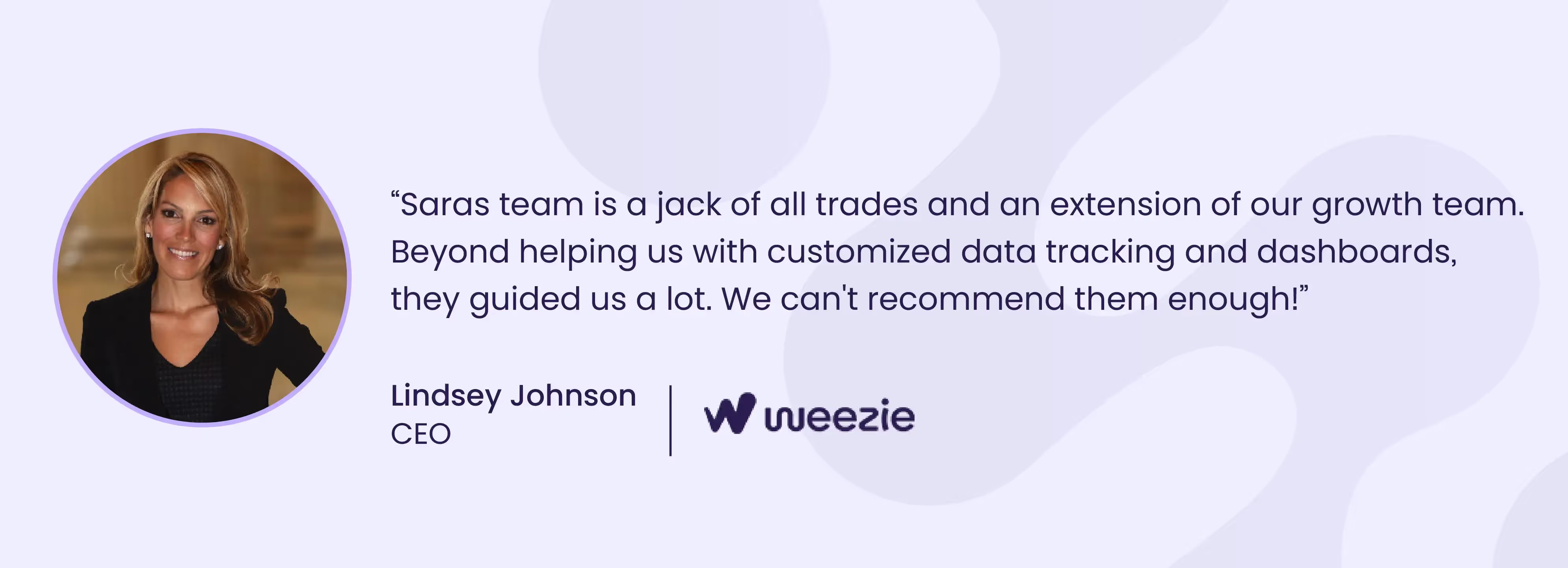
However, when equipped with the right infrastructure, marketing teams can do much more themselves. Check out these methods of customer segmentation:
Rule-Based Segmentation
This is the most common starting point:
“Show me all customers who purchased twice in the last 90 days and spent over $100.”
Simple filters like these are easy to set up in most email or CRM tools. You decide the logic, hit run, and get a segment. The advantage you get with this method is that it’s intuitive. But on the downside, it doesn’t scale well when your conditions get more complex, or when you don’t know what the right conditions should be. You only find what you’re looking for.
RFM Analysis (Recency, Frequency, Monetary)
eCommerce brands have used this framework for decades. As a customer segmentation method, RFM is both proven and structured. It works by scoring customers on three dimensions:
- Recency: When was their last purchase?
- Frequency: How often have they purchased?
- Monetary: How much have they spent overall?
Each dimension gets a score (often 1–5), and the composite creates segments. Here’s a simplified example:
This method is especially helpful for lifecycle marketers. You can target your “Best Customers” with early drops and send win-backs to your “At Risk” cohort before they lapse completely.
Clustering (e.g., K-Means)
The clustering method uses machine learning to uncover natural groupings in your customer base. This means, you don’t define the groups upfront. Yes, the algorithm finds them for you.
Let’s say you plug in:
- Average order value
- Days between orders
- Session count
- Email click rate
Clustering might reveal:
- Group A: High spenders, frequent buyers
- Group B: One-time buyers with high browsing time
- Group C: Loyal but disengaged from email
These aren’t visible from standard filters; rather, they emerge from the data. However, there is a challenge. It requires data science support and a clean, structured warehouse.
Predictive Segmentation
Nowadays, predictive segmentation is gaining momentum. Instead of segmenting based on what happened, predictive models try to forecast future behavior like:
- Who’s likely to churn?
- Who’s likely to convert from email within 7 days?
- Who will reach a $500 LTV in the next 3 months?
This type of consumer segmentation analysis often needs machine learning models trained on historical data. It’s advanced, but incredibly powerful. Once you know who will buy, you can allocate your marketing spend accordingly.
A Faster Way to Execute All of This
There’s a common problem across these approaches: we call it the ‘execution lag’. Even if your analyst builds the perfect RFM model, it often takes a week to pull, clean, and push that segment into your tools. By then, campaign windows are already closing.
Saras Pulse was built to eliminate that bottleneck.
With Pulse, you can:
- Create segments using visual filters (no SQL needed)
- Layer behavioral + value conditions in real-time
- Save segments that update automatically as data changes
- Push directly to Klaviyo, Meta Ads, or your CRM—no export required
Whether you're doing RFM, clustering, or simple rule-based filters, Pulse puts segmentation power directly into your growth team’s hands.
Challenges with Customer Segmentation Analysis
Customer segmentation analysis promises precision but achieving that precision is rarely straightforward. Most brands already want to segment smarter. The real issue is the gap between strategy and execution. That gap is usually created by a mix of fragmented systems, slow processes, and limitations in how data is stored and accessed.
To make it easy for you, let’s break down the biggest obstacles teams run into, with examples. They will help you see the complete picture of why even well-funded brands can struggle to operationalize segmentation effectively.
1. Data fragmentation makes it impossible to get a complete customer view
This is the root of most segmentation issues. Your team’s most valuable data, i.e., orders, engagement events, product views, email opens, and returns, typically sit in separate systems. Shopify owns one piece. Klaviyo owns another. Paid ads are managed in Meta or Google, and support interactions live in tools like Gorgias or Zendesk.
Without a central place to merge these sources into a unified customer profile, you're not segmenting real behavior. You're segmenting partial visibility.
Here is an example:
You try to build a segment of customers who viewed a product, added it to cart, but didn’t purchase. The browsing data is in GA4, cart activity is tracked in Shopify, and purchases are confirmed in your warehouse. If any of those systems don’t sync in real time, or at all, you'll either miss customers or misclassify them.
This isn’t just a data team problem. When segments are based on incomplete data, retention marketers waste their spend on irrelevant messages, and analysts lose credibility when performance tanks.
2. Segments don’t update as customer behavior changes
A customer who was high-value two weeks ago may have already churned. Another who hadn’t purchased in months might just have converted again after seeing your latest TikTok ad. Static segments built through one-time exports or manually created filters go stale the moment they’re used.
Yet many eCommerce brands still rely on these static lists, emailing the same “high spenders” every month without verifying if they're still active, engaged, or even subscribed.
Why this hurts:
- You waste marketing dollars targeting the wrong people
- Customers receive messages that no longer apply to them
- You lose agility in campaign execution
Without dynamic, real-time segmentation capabilities, your strategy slowly drifts out of sync with actual customer behavior.
3. Defining segments is easy, activating them isn’t
Let’s say your team just finished building a valuable segment: customers who spent over $300 in the last 90 days and haven’t responded to the last three campaigns. You want to target them with a tailored win-back offer.
But here’s the reality in most organizations:
- The list lives in a BI tool or Google Sheet
- You need an analyst to extract and clean the data
- Someone has to manually upload that list into Klaviyo, Facebook Ads, or your CRM
- The data is already 2–3 days old by the time it goes live
Now, this creates a disconnect between the segmentation logic and the actual channels that drive performance. To make matters worse, any delay risks missing key behavioral signals, especially around holidays, drops, or limited-time promotions.
4. Marketing teams often lack the tools to self-serve
Many lifecycle or CRM marketers rely on SQL queries or engineering support to create meaningful segments. Even if they know what they want to target, like customers who opened SMS but ignored email, they need to wait days (sometimes even weeks) to get access to that audience.
Due to this bottleneck, experimentation slows down and makes it harder to test new ideas. Campaigns default to broad targeting because that’s what is immediately available.
So, what’s missing here is a no-code interface that allows non-technical users to create, save, and activate segments directly, without waiting on engineering cycles or ticket queues.
5. There’s no easy way to measure segment performance over time
Most teams don’t know if their “VIP segment” is still driving the majority of their revenue, or if it’s been replaced by a different cohort. Once a segment is used in a campaign, there’s rarely a feedback loop to understand:
- Did it convert above average?
- Was it more or less discount-sensitive?
- Did it have a higher return rate?
- How does its LTV trend compare to the last 6 months?
Without segment-level performance tracking, decisions about which cohorts to prioritize become anecdotal. You might continue over-serving a low-margin group simply because it’s familiar to you.
What this creates:
- Wasteful spend on low-performing segments
- Missed opportunities to double down on high-growth cohorts
- A false sense of personalization progress
How Saras Pulse Solves These Challenges
Most of the pain points above come down to disjointed workflows. Saras Pulse was built to remove those bottlenecks by giving growth teams three things:
- A unified customer profile: Pulse connects to your existing stack such as Shopify, Klaviyo, Meta, Amazon, GA4, and 200+ others to merge all relevant events into a single view. As a result, behavioral and value-based segmentation is accurate right from the start.
- Dynamic, auto-updating segments: Every time a customer takes an action like opens an email, views a product, or places an order, their segment membership adjusts automatically. So, this basically means there is no need to rebuild lists every time you plan a campaign.
- Direct activation and measurement: Segments can be pushed to Klaviyo, Meta Ads, or other platforms instantly, and Pulse tracks how each segment performs over time, from conversion rate to average discount usage.
This changes how teams work. Instead of exporting, cleaning, uploading, and hoping the data holds up, you get a real-time loop between analysis and action.
How to Perform Customer Segmentation Analysis with Saras Pulse
Once you've defined your segmentation strategy and the variables that matter most, such as recency, frequency, spend, discount usage, and product categories, the next step is execution. This is where things often slow down. You know the segments you want to create, but they live in different tools. You need some tech guy to export lists. You’re not sure if they’re up to date. Someone from the data team is on vacation!
Saras Pulse is designed to make all of that unnecessary.
It connects all your customer data sources into a unified view, which allows you to build segments visually (no SQL). Once done, Pulse then pushes them directly into your marketing stack. Here’s how brands are using it to build and operationalize advanced segmentation strategies.
Step 1: Sync All Data Sources into One Customer View
Pulse integrates with over 200 platforms such as Shopify, Klaviyo, Meta, GA4, Amazon, Recharge, Postscript, Zendesk, and more. Once connected, customer activity across touchpoints is consolidated in your warehouse, creating a real-time, query-able profile for every user.
You no longer have to dig through different platforms or wonder which tool has the “true” version of someone’s behavior. Every product view, order, return, email open, or SMS click becomes a trackable signal for segmentation.
Step 2: Define Segments with Real Behavior, Zero Guesswork
Once your data is unified, you can create filters in Pulse using simple dropdowns and conditions. You don’t even need to find an analyst!
Some examples:
- Customers who placed 3+ orders in the last 90 days, viewed product pages in the last 7 days, but haven’t purchased in the last 14
- First-time purchasers who bought via Meta Ads, used a discount code, and haven’t clicked an email since purchase
- Top 5% by LTV in the last 12 months, who only buy full-price items
These are all segments you can set up in under 5 minutes using Pulse. And unlike static lists, they update automatically as new data flows in.
Tip: Start by building segments around inflection points, i.e., first purchase, churn window, and reorder cycle. These moments often carry the most value.
Step 3: Benchmark and Analyze Segment Performance
After building your segments, the next step is to understand how they behave. Pulse gives you the ability to track segment-level metrics like:
- Average order value
- Conversion rate by channel
- Discount usage
- Return rate
- Churn rate
- Email/SMS engagement
You can compare segments against one another or against overall benchmarks. This tells you not just who to target, but how to prioritize your effort and budget.
For example, you may discover that your “Early Repeaters” segment (people who reorder within 14 days) has a 20% higher retention rate and 2x LTV compared to your “First-Time Buyers.” That tells you where to double down and where your lifecycle strategy needs some fixing.
Step 4: Activate Segments Across Channels Instantly
When segmentation becomes part of execution, and not just strategy, that’s when you start to see the amazing results. In Pulse, once your segment is live, you can push it directly into:
- Klaviyo for campaign targeting or flows
- Meta Ads for remarketing or lookalikes
- Google Ads for custom audiences
- Postscript for personalized SMS flows
- Customer.io, Braze, or other lifecycle platforms
You no longer need to deal with CSVs or do constant back-and-forth with engineering. This makes it easy for you to test new ideas fast.

Final Thoughts
Knowing who your customers are is good. Understanding how they behave and being able to act on it immediately is what drives sustainable growth.
Customer segmentation analysis doesn’t just make your marketing more relevant. It makes it more efficient, accountable, and profitable.
If your team is still working from static lists, chasing down exports, or relying on a gut feel, it’s time to level up. With Saras Pulse, segmentation becomes real-time, testable, and deeply embedded in your growth engine.
Want to see how it works with your data?
Book a demo and see how Pulse can help your team move faster, segment smarter, and unlock new revenue from the customers you already have.







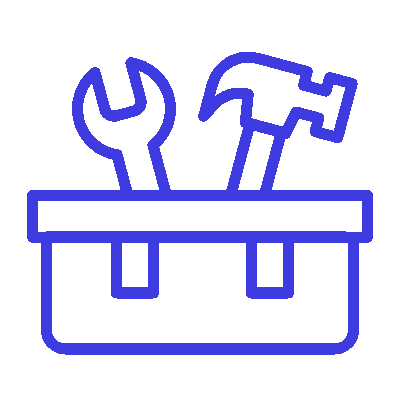

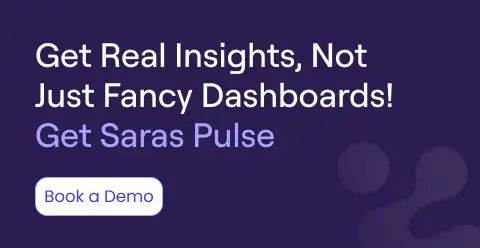


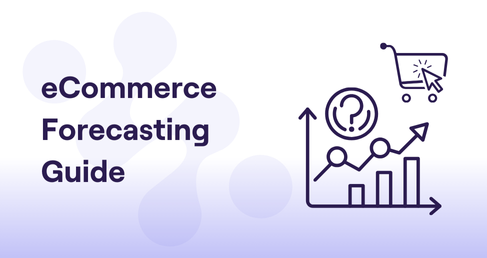
.png)
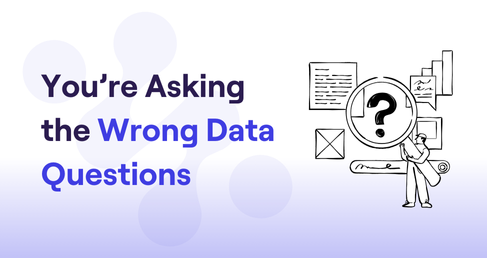
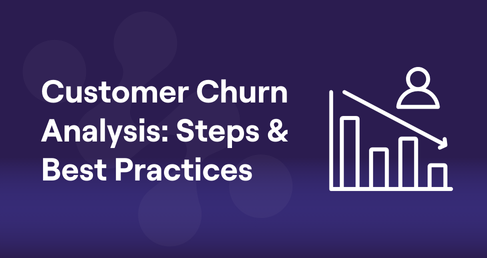
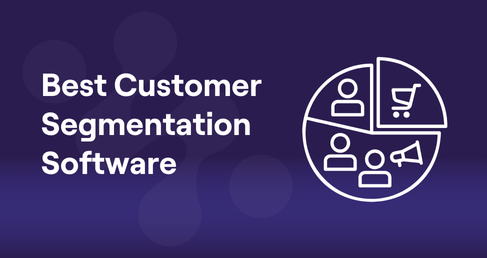
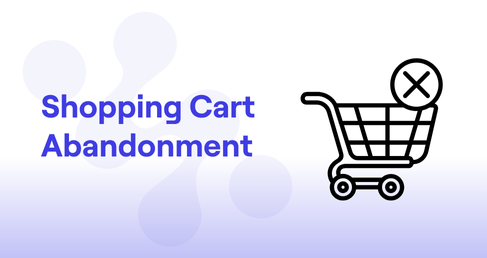
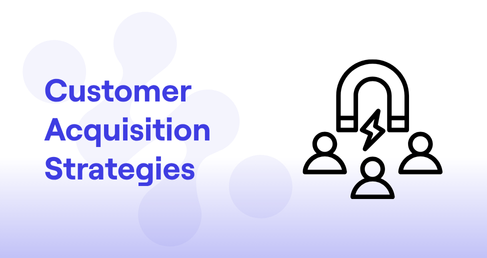
.png)
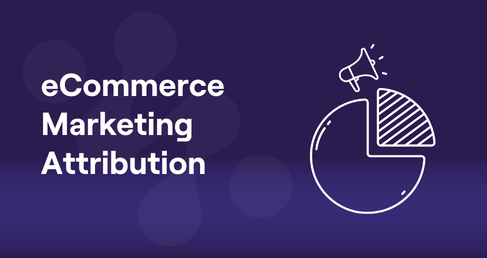
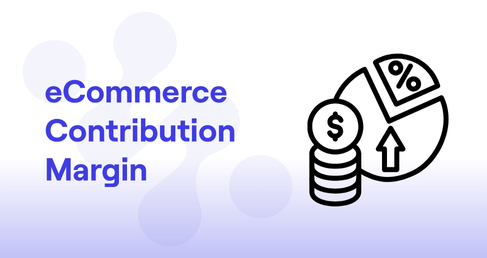
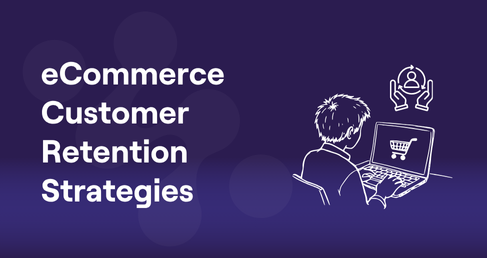
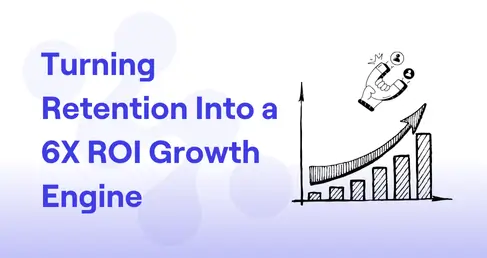

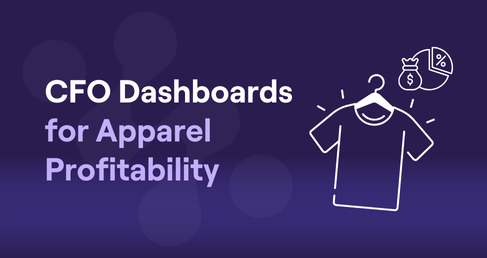

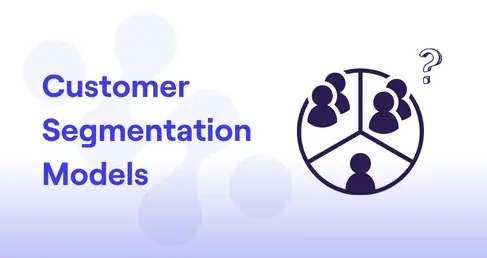
.webp)
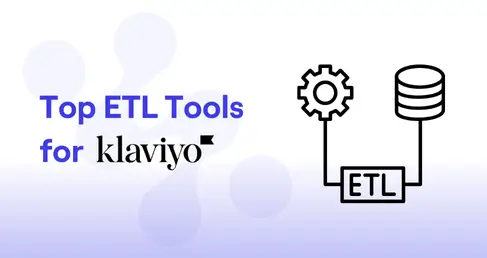

.avif)
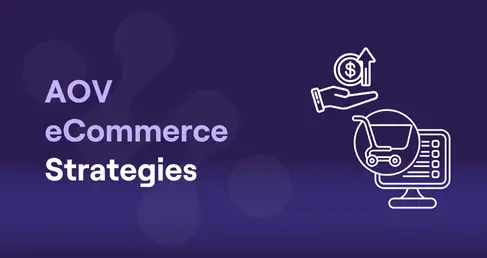
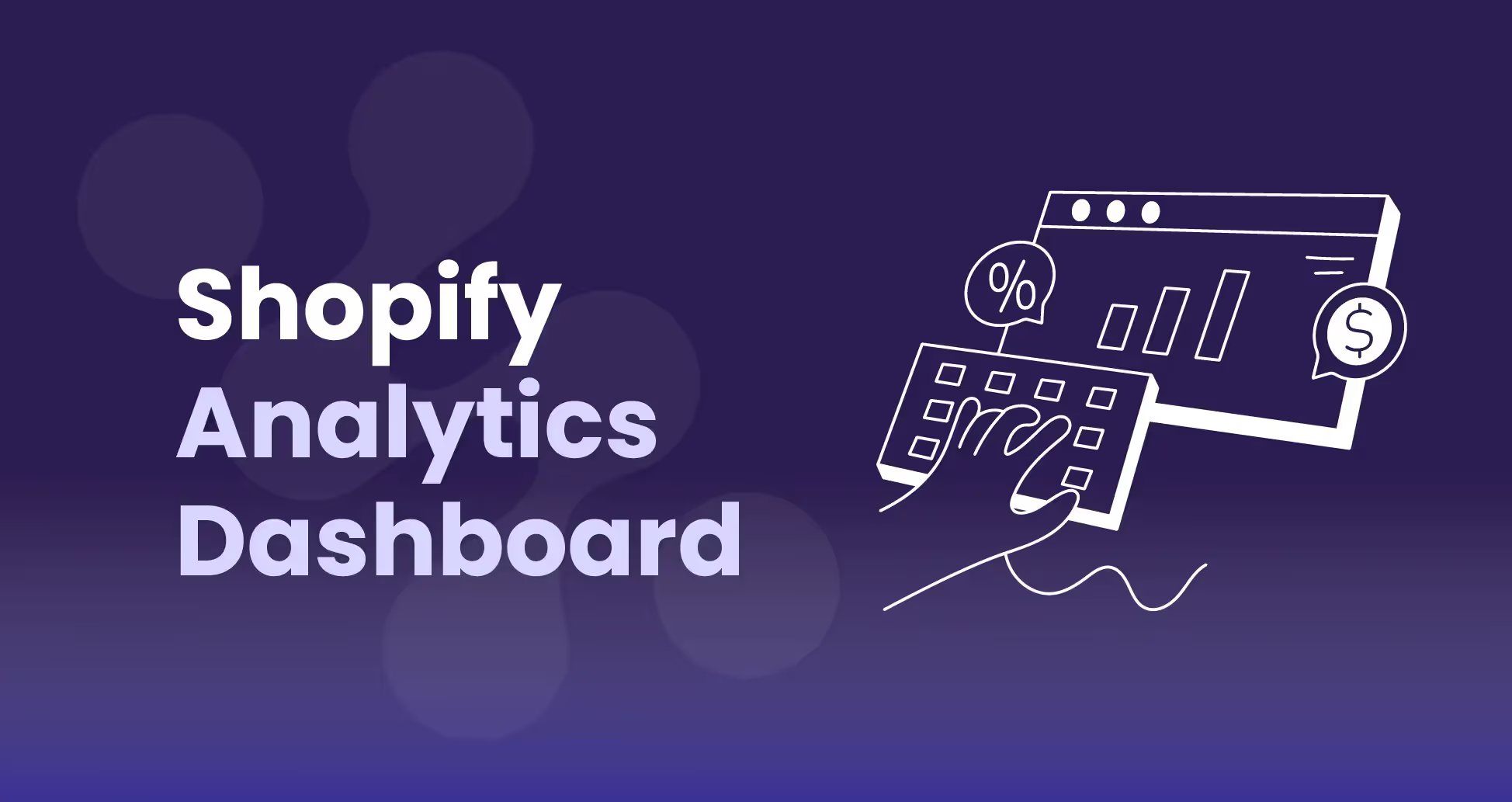
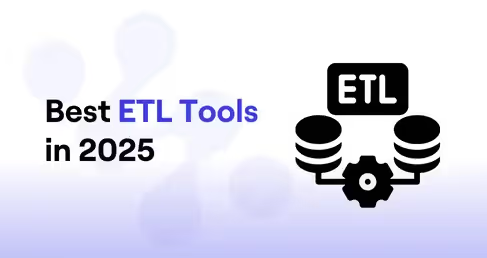
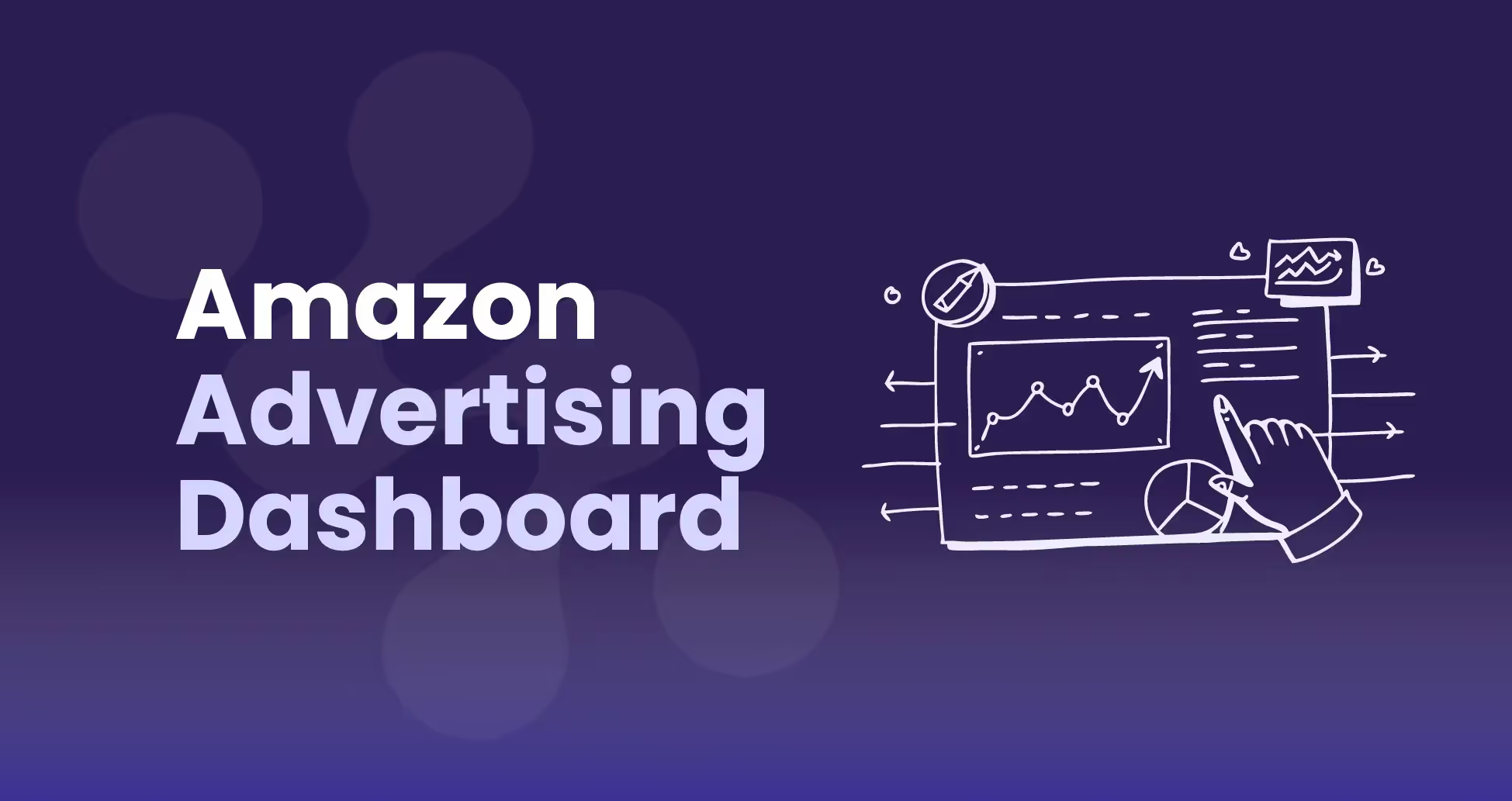
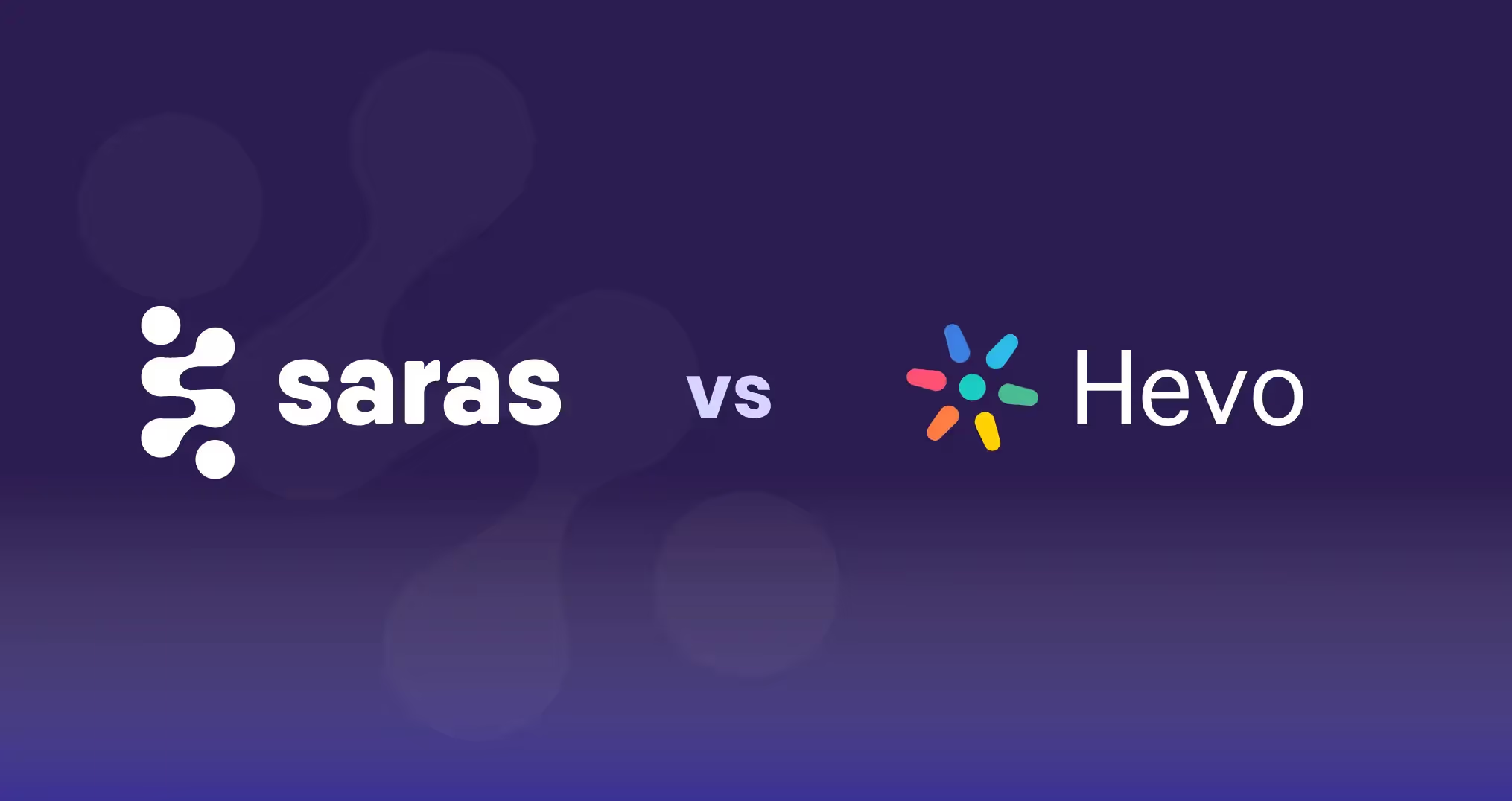
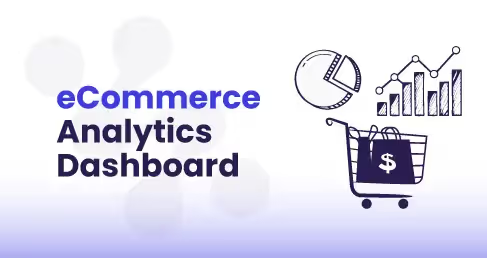
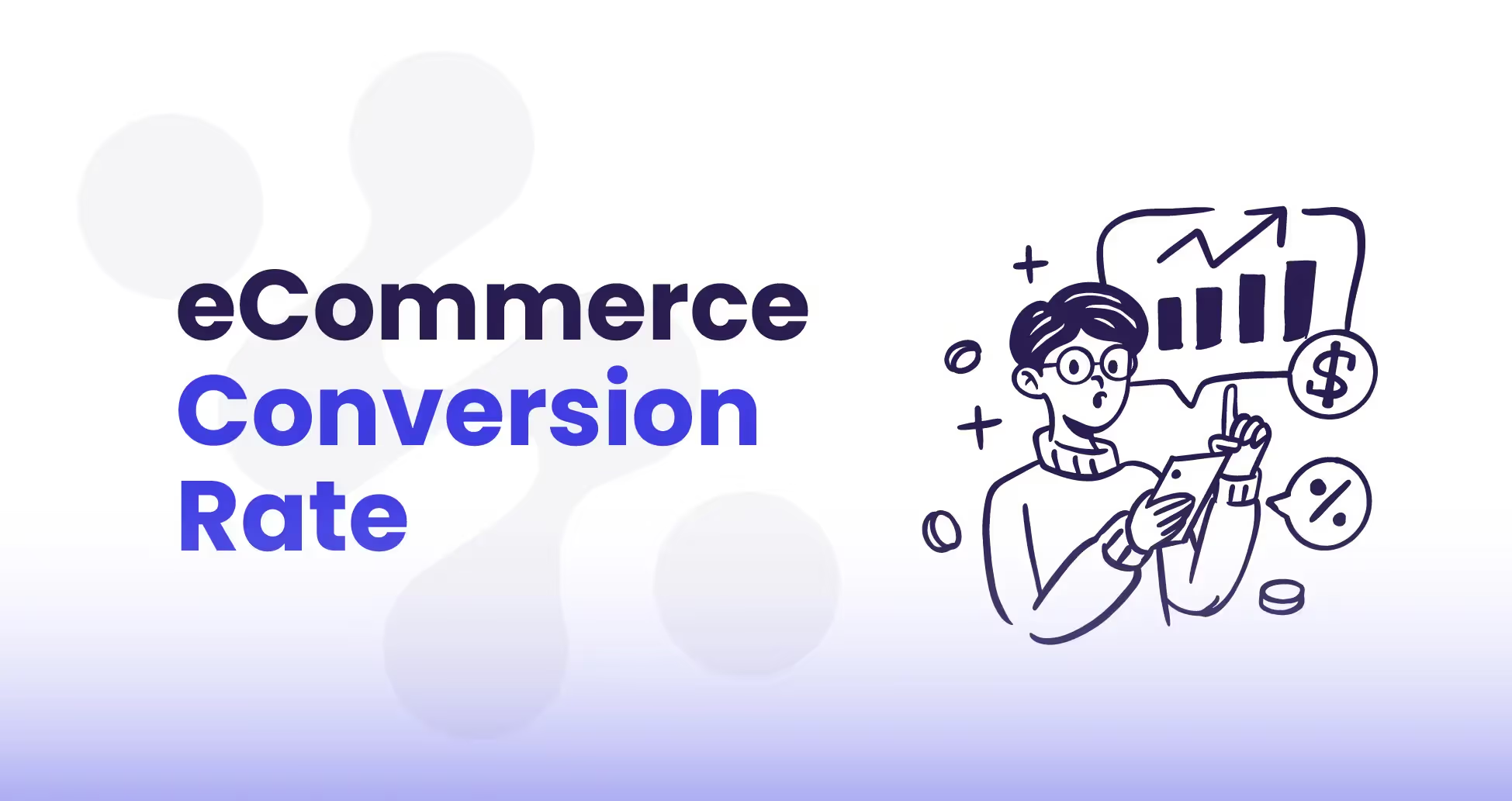
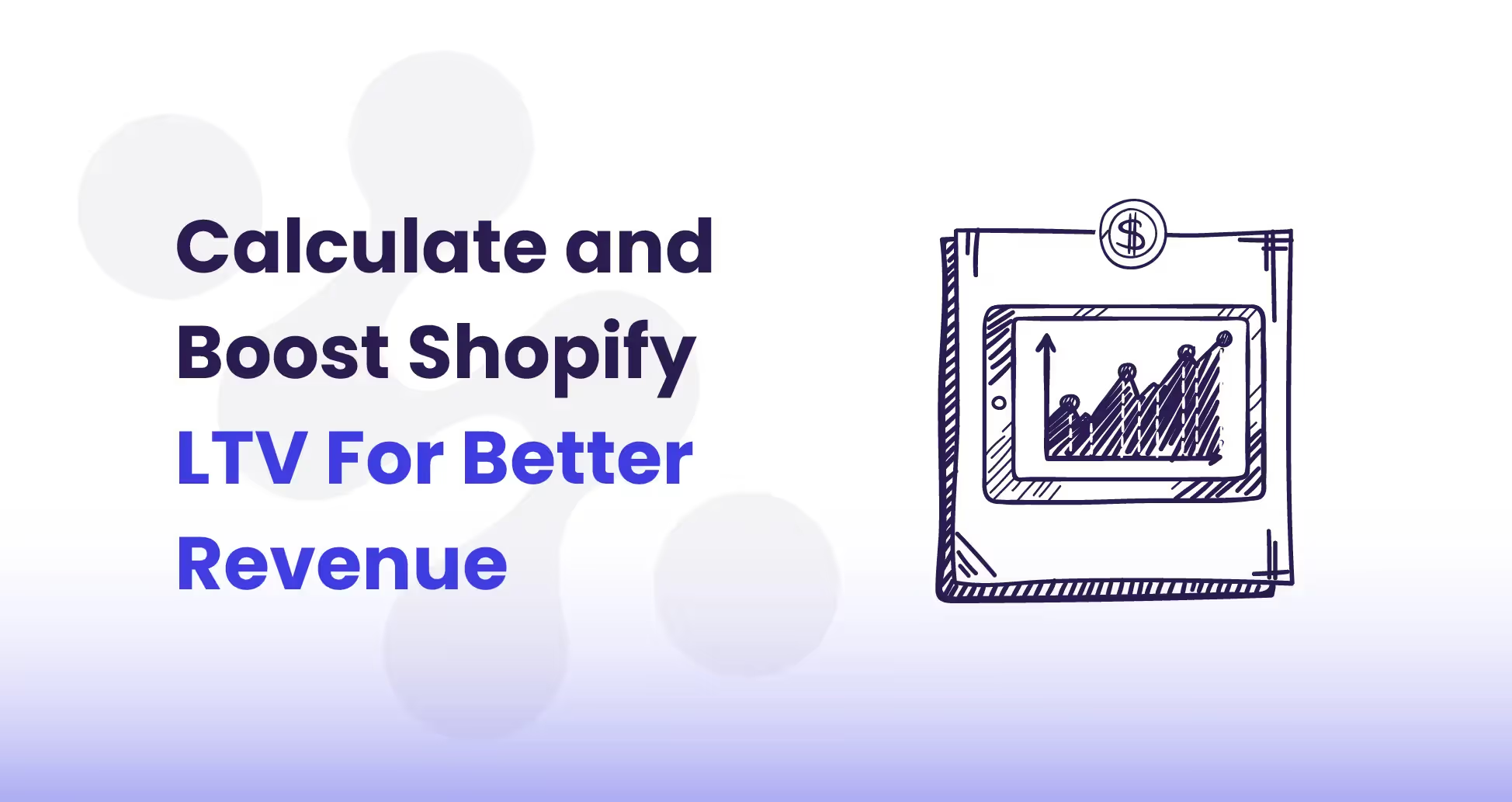
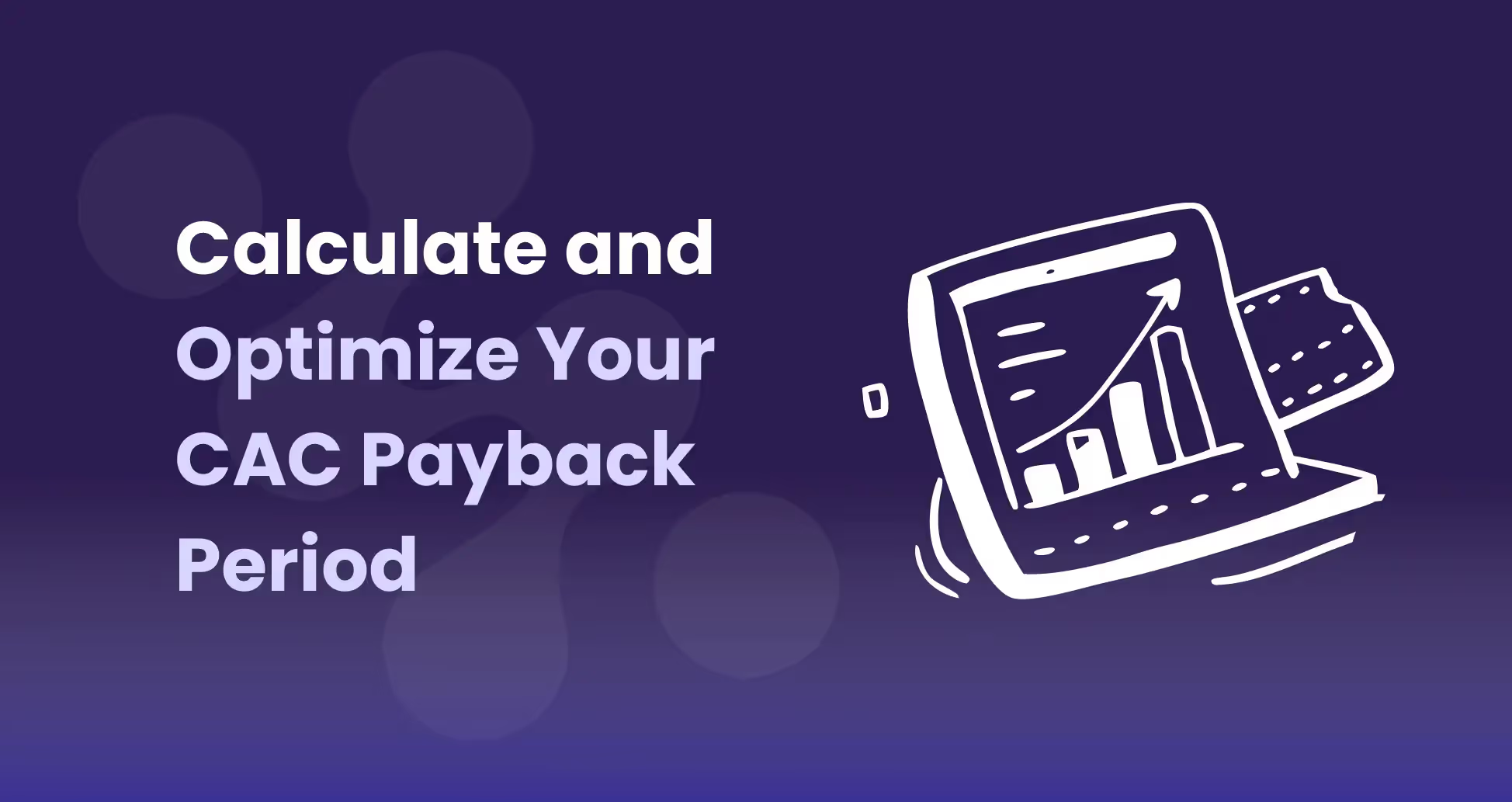
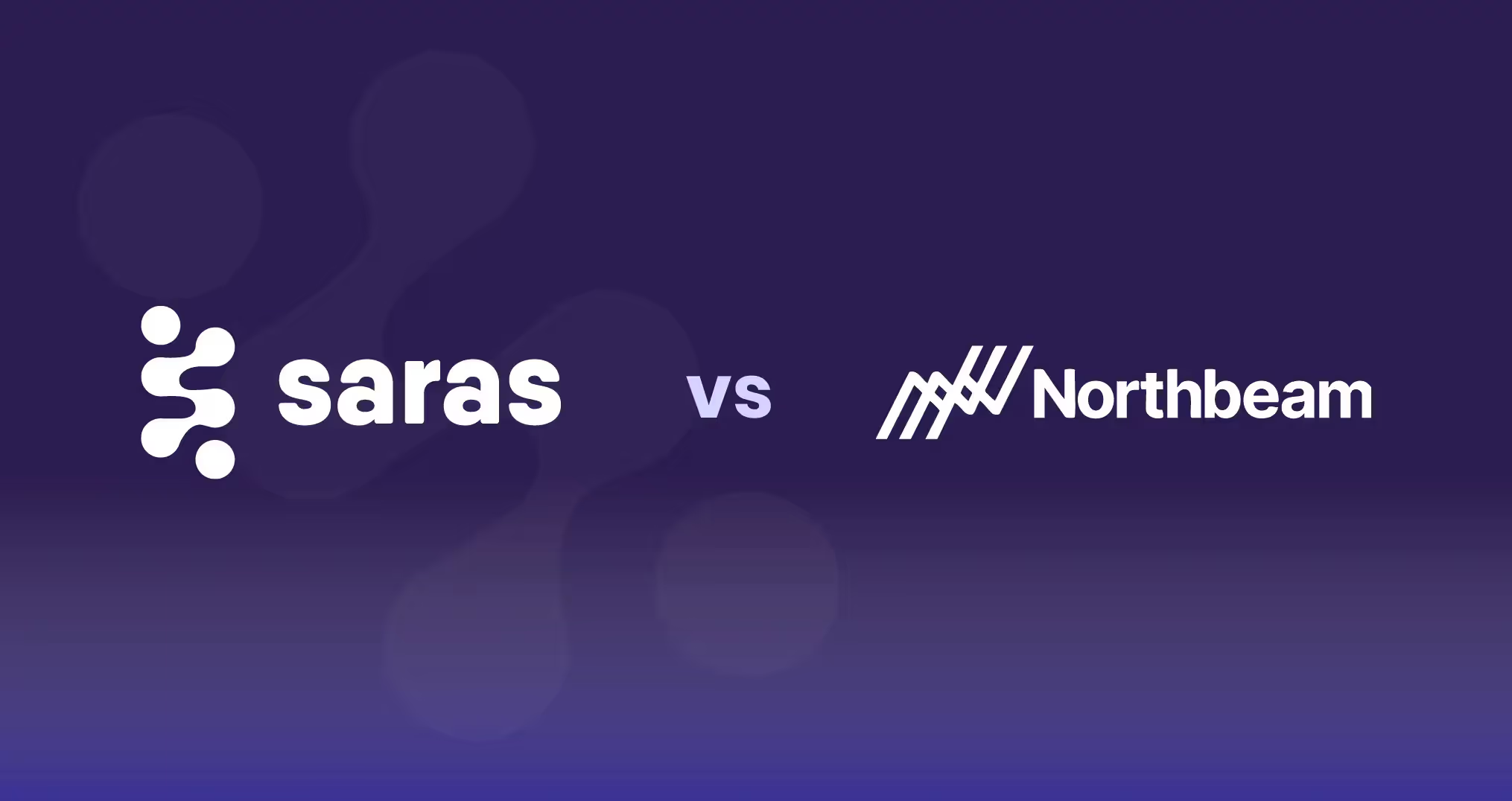
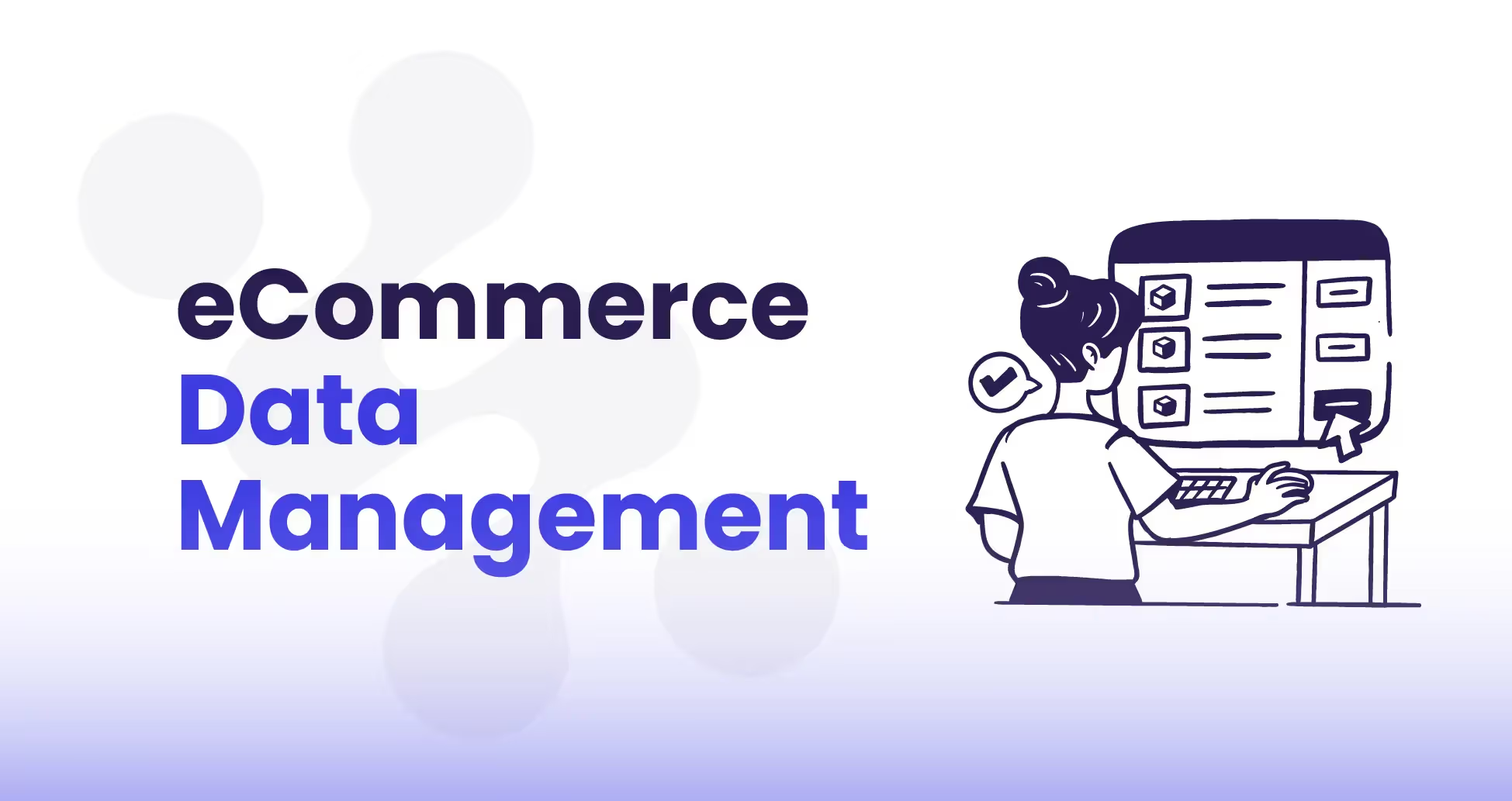
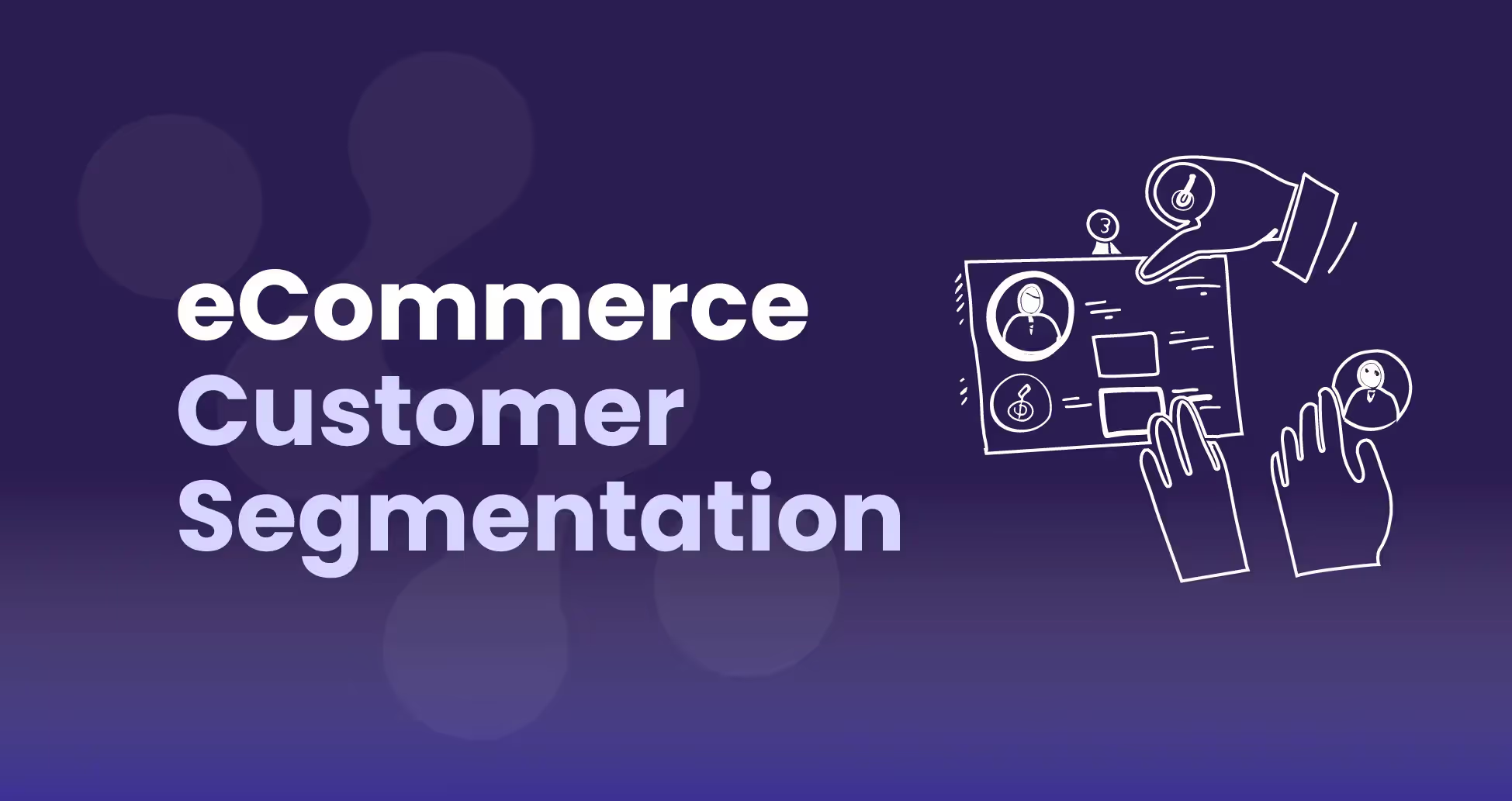

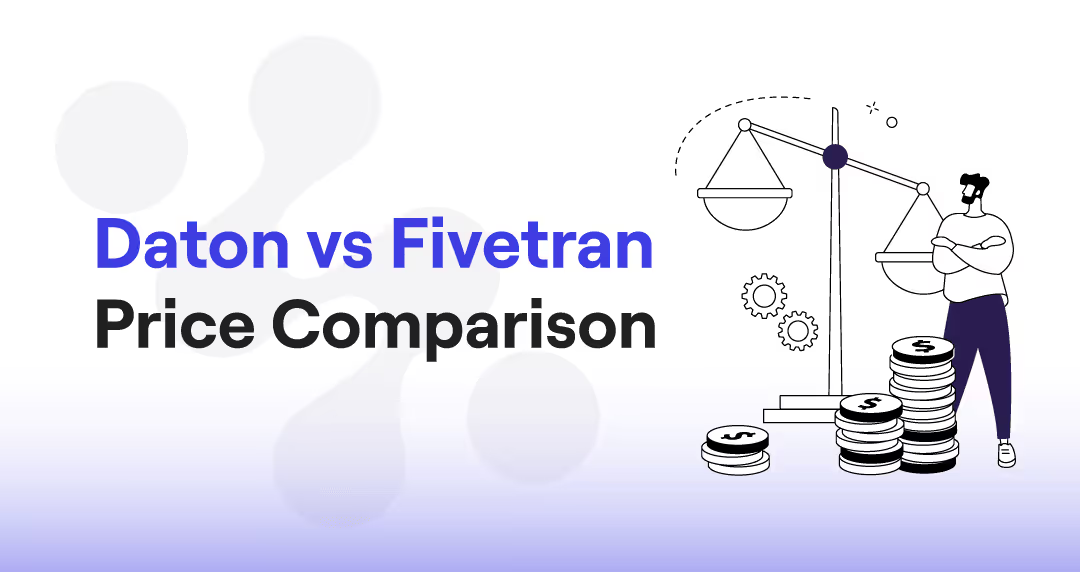
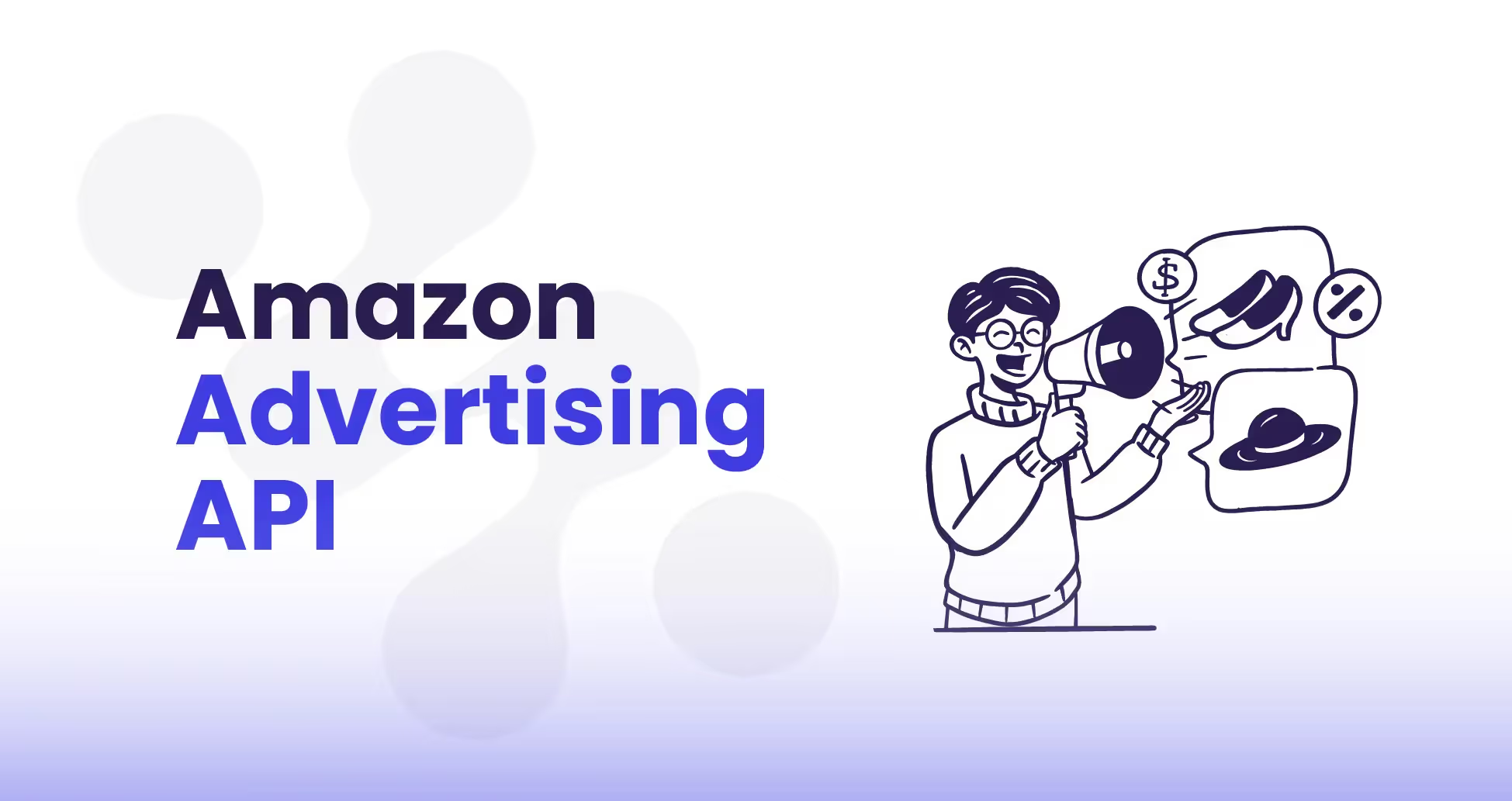
.avif)

.avif)
.avif)
.avif)
.avif)
%20(1).avif)
.avif)
%20(1).avif)
%20(1).avif)





.avif)





.avif)

